You can think of a battery pack or a power supply like a tank of water filled by a pipe supply regulated with a float valve on the top as shown below.

The pressure at the bottom of the tank is dictated by the depth of the water. This is directly comparable to the voltage at the positive end of a battery or power supply.
Now, if we attach a small pipe to the bottom of the tank the water will flow through that pipe at a rate dictated by the flow resistance of the pipe. The pressure will remain the same since the float valve will maintain the depth in the tank. The amount of water entering through that value will be the same as the amount leaving through the pipe.

If we add another bigger pipe to the bottom, what happens.

Again, an amount of water will flow through the second pipe. Since the second pipe is larger and has less resistance, more water will flow through this pipe than through the first pipe. The amount flowing through the first pipe will remain virtually unchanged. (In reality there will be a slight reduction due to increased turbulence or "internal resistance" of the tank.)
The float valve now has to work harder to keep the tank filled to the pressure level, but, provided the inlet pipe can provide a flow rate at least as large as the combination of the exit rates, the tank will remain filled.
If you exceed the rate at which the tank can be refilled the tank will begin to empty.

In the image above a MUCH larger pipe was attached on the right. The exit rate is higher than the maximum fill rate and the fill pipe can no longer keep the water at the fill level. When that happens the pressure at the bottom of the tank falls as the water level drops. As it does, the flow rate in the exit pipes will also drop until either a balance occurs at a lower level, or the tank empties.
A battery pack or power supply works exactly the same way. A thin pipe is like attaching a high resistance (Low current) load, and a fatter pipe is a lower resistance (higher current load). The pressure of the water is the voltage. The ball valve is how quickly the chemical reaction works in a battery, or how much raw current the power supply has to draw from.
The latter values are the current rating of the power supply or battery. It's the maximum refill rate.



